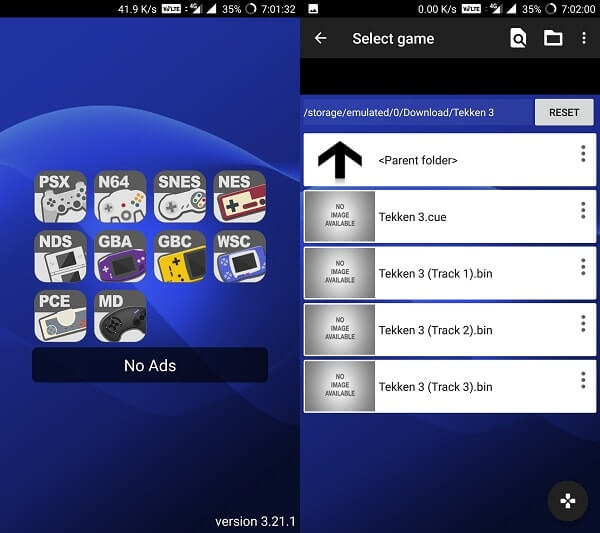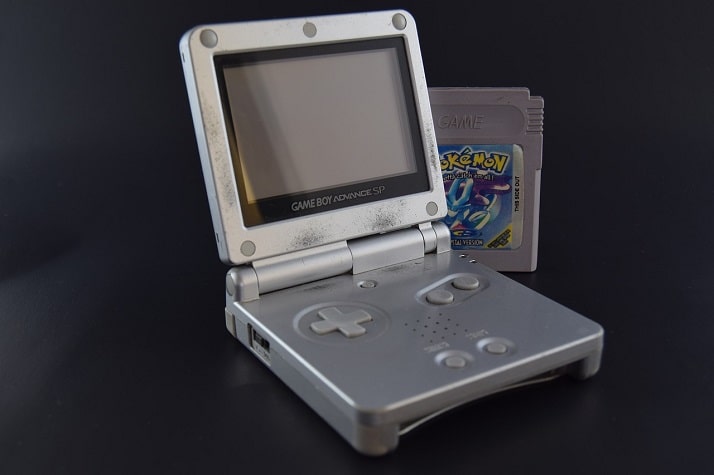
It has a wealth of options for color palettes and even enabling Super Game Boy colors and borders, though it doesn't emulate all of its functions.
SMALL GB EMULATOR MAC WINDOWS
BGB A closed-source emulator for Windows (and Wine) with excellent Game Boy and Game Boy Color accuracy, as well as near flawless link support. Also emulates Game Boy Camera and Game Boy Printer. It includes open source bootroms, although these can be replaced with real ones.
SMALL GB EMULATOR MAC FULL
↑ Full GBC, GBA and GB support since version 2.1.3.↑ SameBoy's libretro core supports Link Cable, standalone does not.

For a list of accuracy tests, see GB/C Tests. For a list of open-source projects, see this GitHub query.

Nintendo released a peripheral for the Super Nintendo Entertainment System called Super Game Boy in June 1994, which was modeled like a cartridge but included its own cartridge slot for Game Boy/Color games, as well as the hardware needed to translate the games. A front light was added to a special edition of the Pocket in Japan called the Game Boy Light, a feature that wouldn't be seen outside of Japan until the Game Boy Advance SP. Nintendo re-released the console as the Game Boy Pocket in 1996, with a more compact body and a better screen. They would both be succeeded by the backward-compatible Game Boy Advance. The hardware similarities allow cross-compatibility between the two platforms and they are often treated as one. It was named such from its color screen, but it also had a larger memory size and a faster CPU. The Game Boy Color uses the same LR35902 core as the original while it is clocked at 8.38 MHz, it can be underclocked to 4.19 MHz for backwards-compatibility purposes. It had a monochrome display that could only show four shades of grey, albeit with a olive green tinge on the original.

The Game Boy has a Sharp LR35902 core CPU at 4.19 MHz. The Game Boy (GB) and Game Boy Color (GBC) are 8-bit, fourth-generation handheld consoles released by Nintendo on Jand Novemrespectively and retailed for $89.95.


 0 kommentar(er)
0 kommentar(er)
